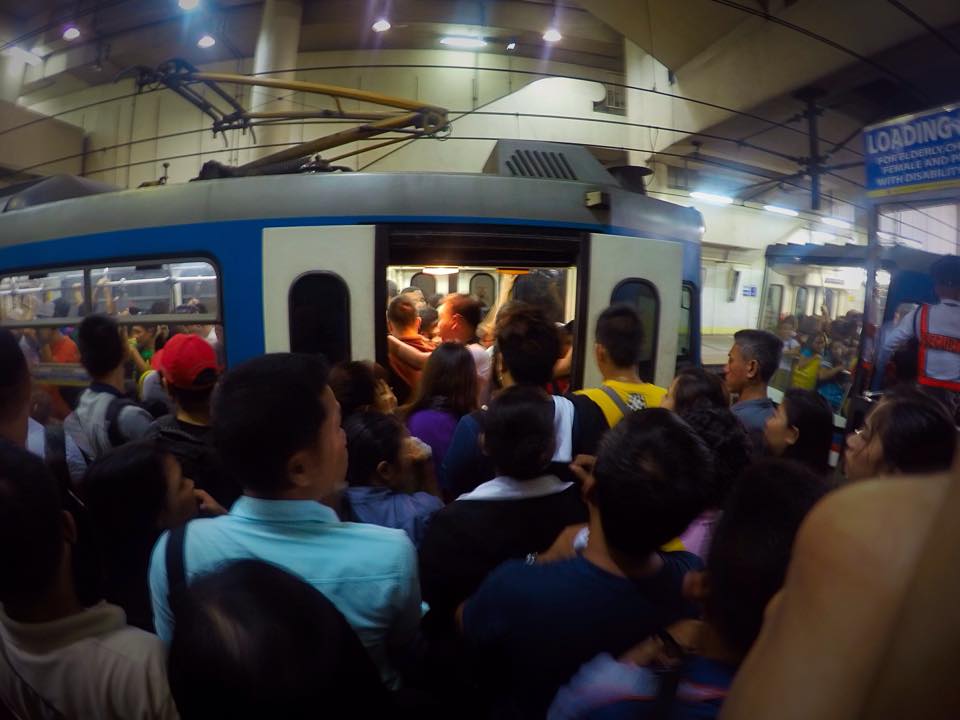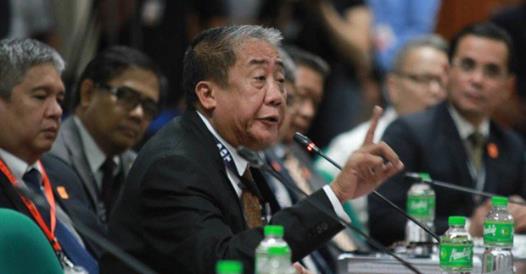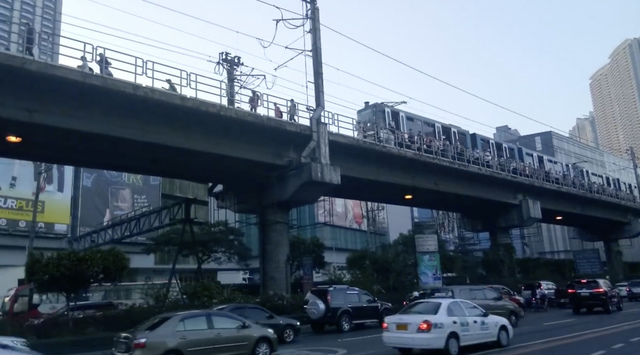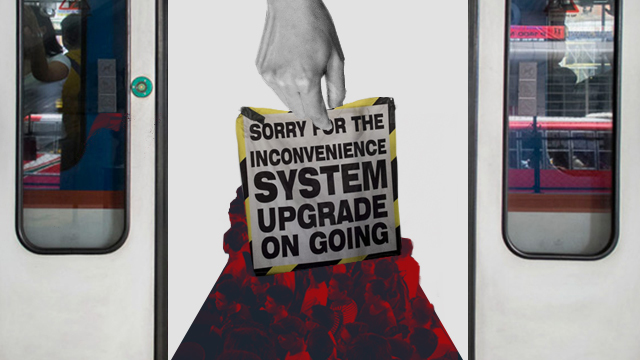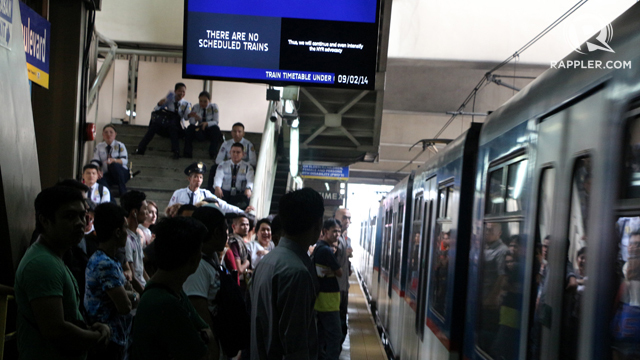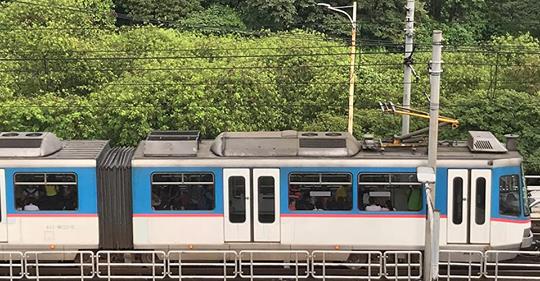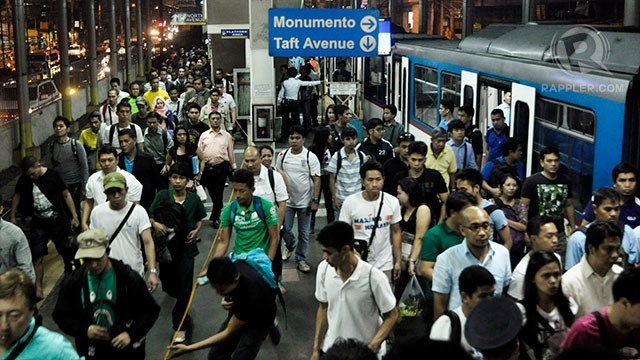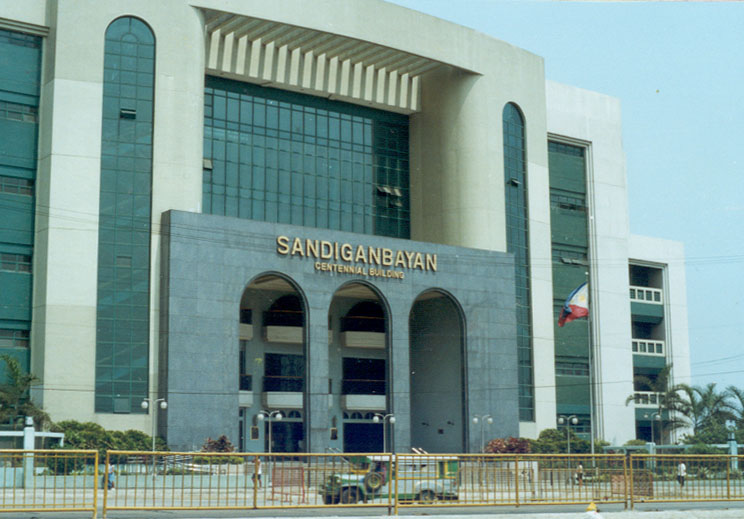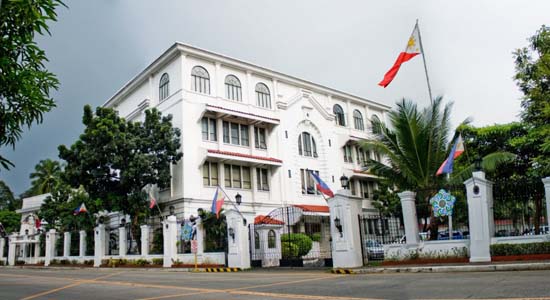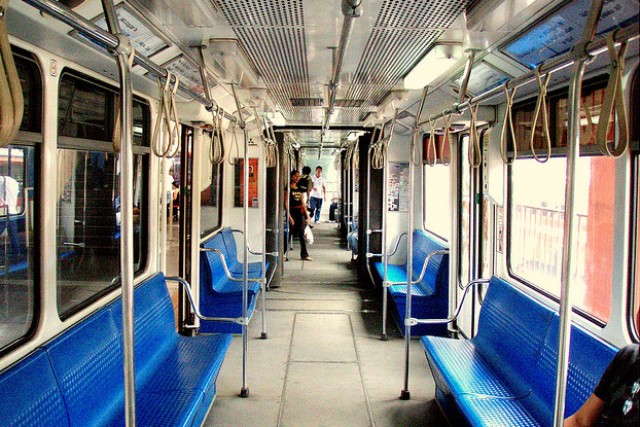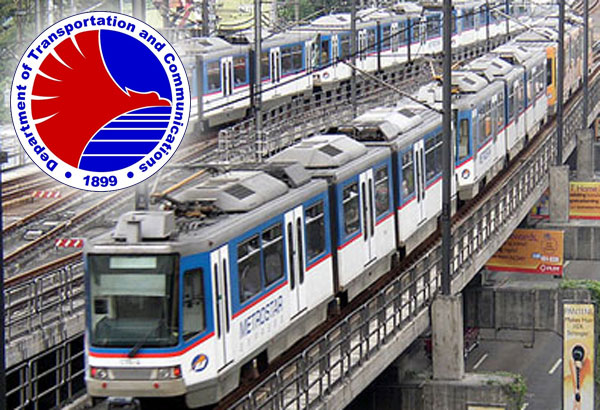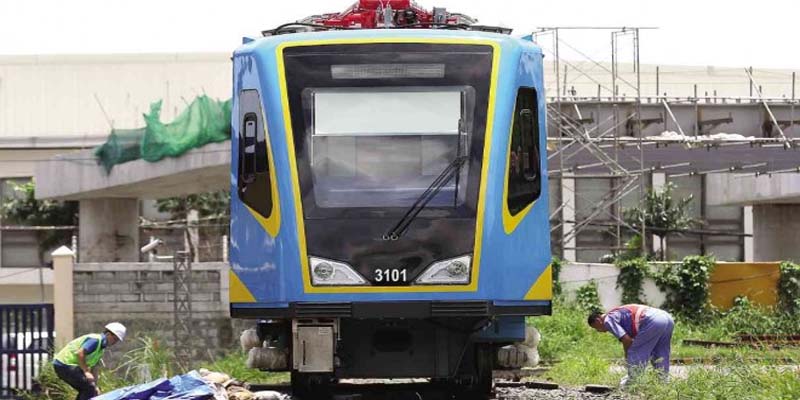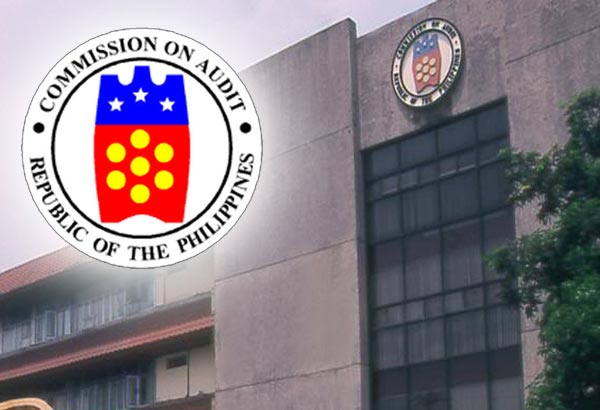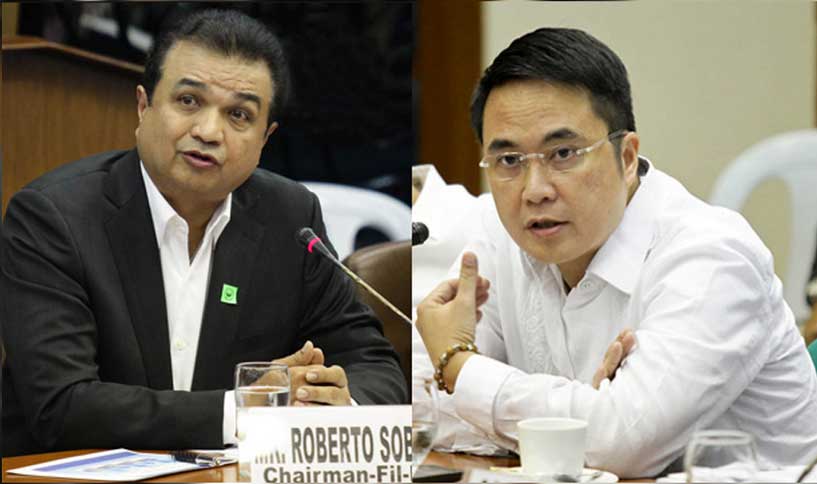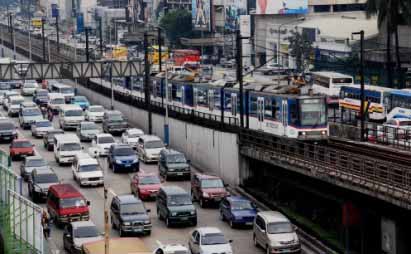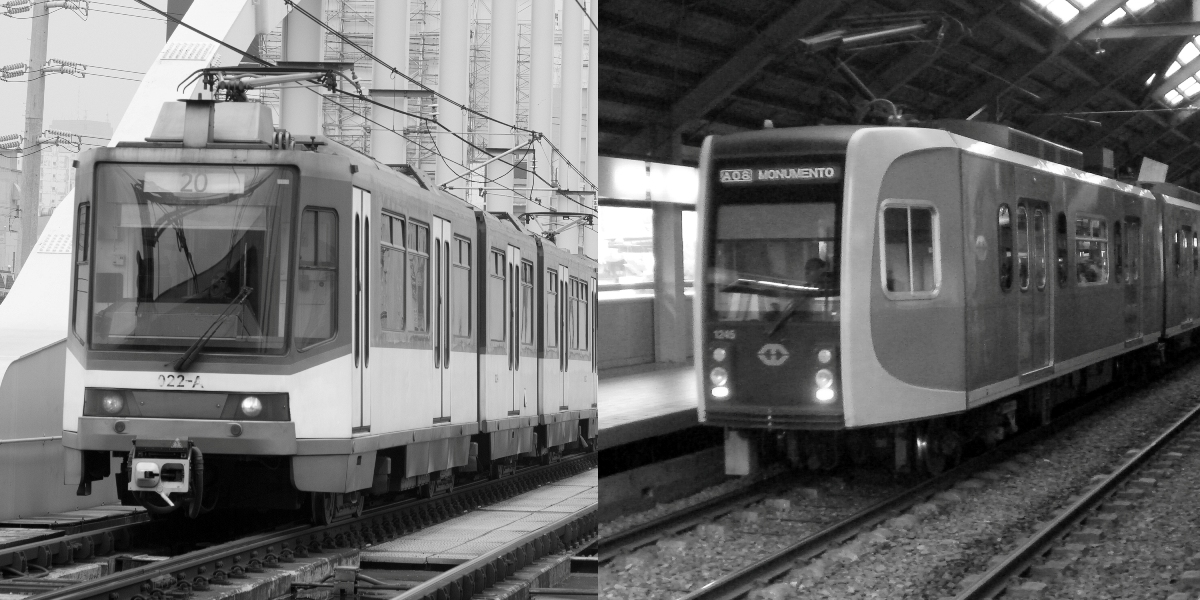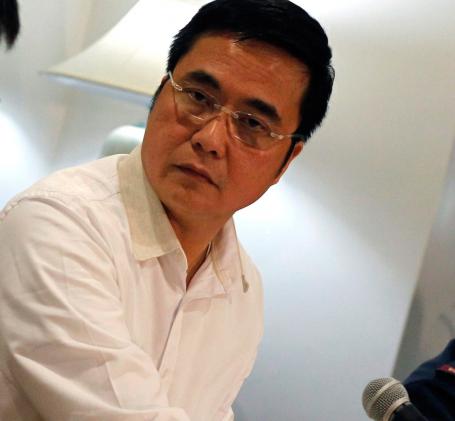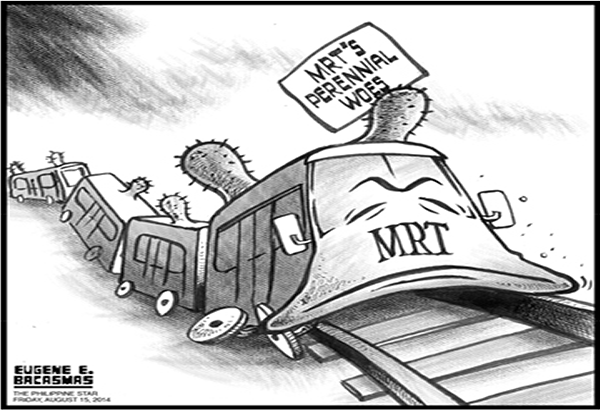By Mon Gualvez | InterAksyon.com | October 31, 2014
MANILA, Philippines – “The overall performance is unsatisfactory.”
Foreign experts who have come to the Philippines to assess the performance of Metro Manila’s rapid transit system appear to reflect the sentiments of hundreds of thousands of Filipino commuters of the 14-year-old Metro Rail Transit Line 3 (MRT-3).
A team from the operators of MTR (Mass Transit Railway) Hong Kong invited by MRT Corp., the private owner of the MRT 3 system, to audit the aging 16.9-kilometer rail line, links the train’s unsatisfactory performance to its “inappropriate maintenance.”
“It is believed that the unsatisfactory asset performance was very likely related to the inappropriate maintenance interval and maintenance content,” said the team from MTR Hong Kong in its assessment report, a portion of which was obtained by News5.
The audit team also expects the condition of MRT-3 to become progressively worse if there would be no sufficient intervention for its upkeep.
“It is expected that the train performance will further deteriorate in coming years if reliability improvement works and proactive maintenance works are not implemented on the train fleet as well as depo plants,” the team said.
Moreover, the team noted that MRT-3’s condition would get worse “due to heavier duty in the future and more severe operating environment than the original design.”
Representatives from MTR Hong Kong observed MRT-3's “increasing running mileage,” which they said was due to the train’s “strengthened operations to 3 minutes headway and 18 hours operation per day and the grow(th) of passenger capacity per day from 360,000 as per design to the actual capacity of up to 540,000 in 2014.”
5-year report requested, but only one-month report provided
The assessment made by the audit team from Hong Kong was only based on MRT-3’s one-month maintenance report from June 5 to July 4, 2014, and did not include maintenance reports covering the dates when the ailing train was hounded by successive technical glitches, accidents, and interruptions.
To be able to assess the MRT-3’s reliability performance trend, the Hong Kong team earlier asked for the train’s “failure and maintenance records for the past five years,” or from 2009 to 2014.
The team said it had requested the five-year record from MRT-3’s maintenance regulator, which is the Department of Transportation and Communications, and its maintenance contractor APT Global.
“However, they (five-year failure and maintenance reports) are not yet available at the time when this report is prepared,” the Hong Kong team said.
No incidents affecting train reported
Through the years, MRT-3 has encountered numerous mishaps incuding a small fire near Cubao station caused by a short circuit in 2009; a coach that got detached near the Kamuning station in 2011; a technical problem at Guadalupe station that paralyzed train operations in 2012; another paralysis in the whole northbound trip in 2013; and the August 13, 2014 overshooting of its tracks that injured 39 passengers.
However, the Hong Kong experts noted that from the systems report provided by the maintenance regulator and contractor, “no significant incident which affected train service delivery was reported.”
APT-Global on Thursday explained that it had failed to provide the five-year record to the Hong Kong audit team because it has only been MRT-3’s maintenance provider for a year.
“Therefore, we do not have the whole records of its operation for the past years. We complied diligently with the experts from MTR Hongkong and answered all their questions with regard to the maintenance of MRT, said Allan Ortencio, APT-Global spokesperson.
Identify root cause
In its report, the audit team recommended that MRT-3 undergo “failure mode, effects and critically analysis in monthly reports to identify the root cause and resolve the defects for critical systems including traction motor, door systems, and airconditioning unit.”
Moreover, the team suggested “to reduce…preventive maintenance intervals and restore all stopped cars in the depot as soon as reasonably practicable.”
“Besides, midlife/end-of-asset-life refurbishment shall also be performed for car-body structure, ATP system, Boogie and Door systems, in addition to the development and implementation of asset management plan with regular asset condition review.”

 Twitter
Twitter Facebook
Facebook


























